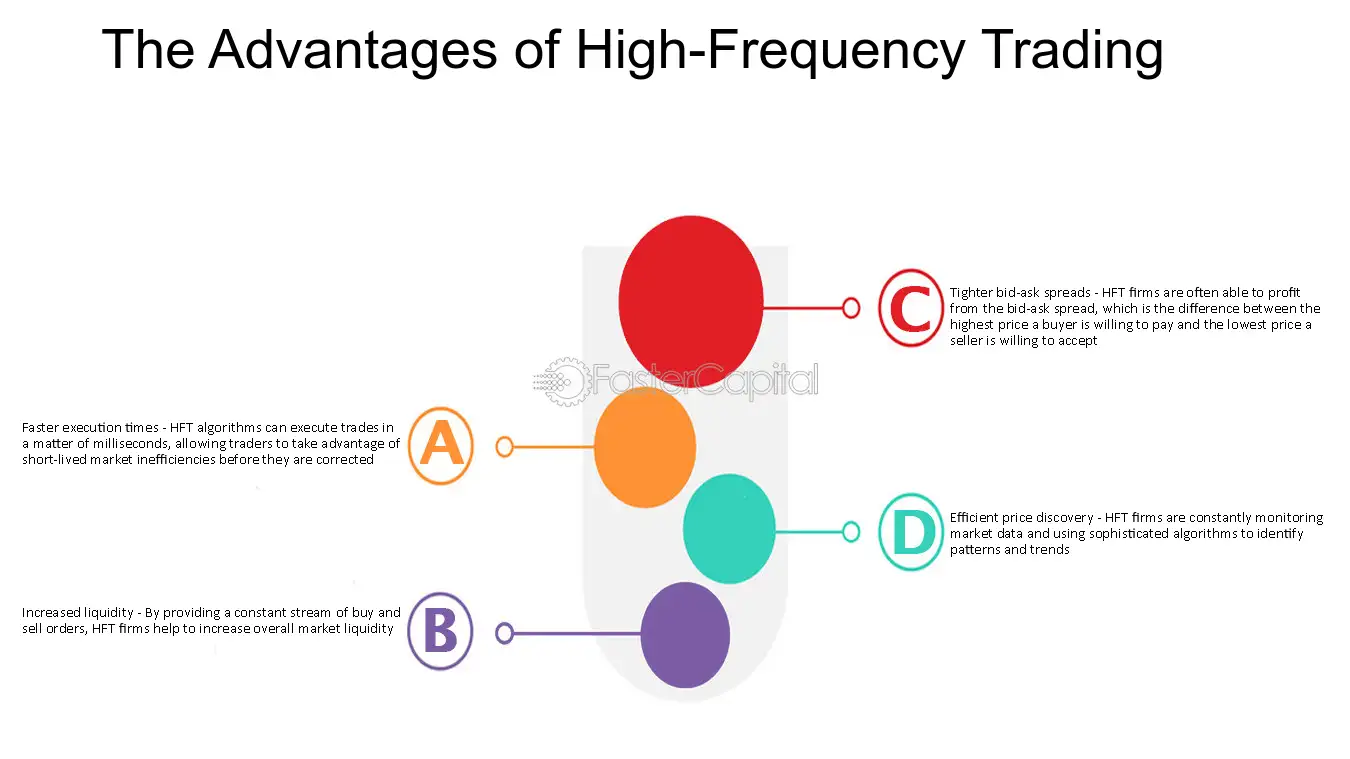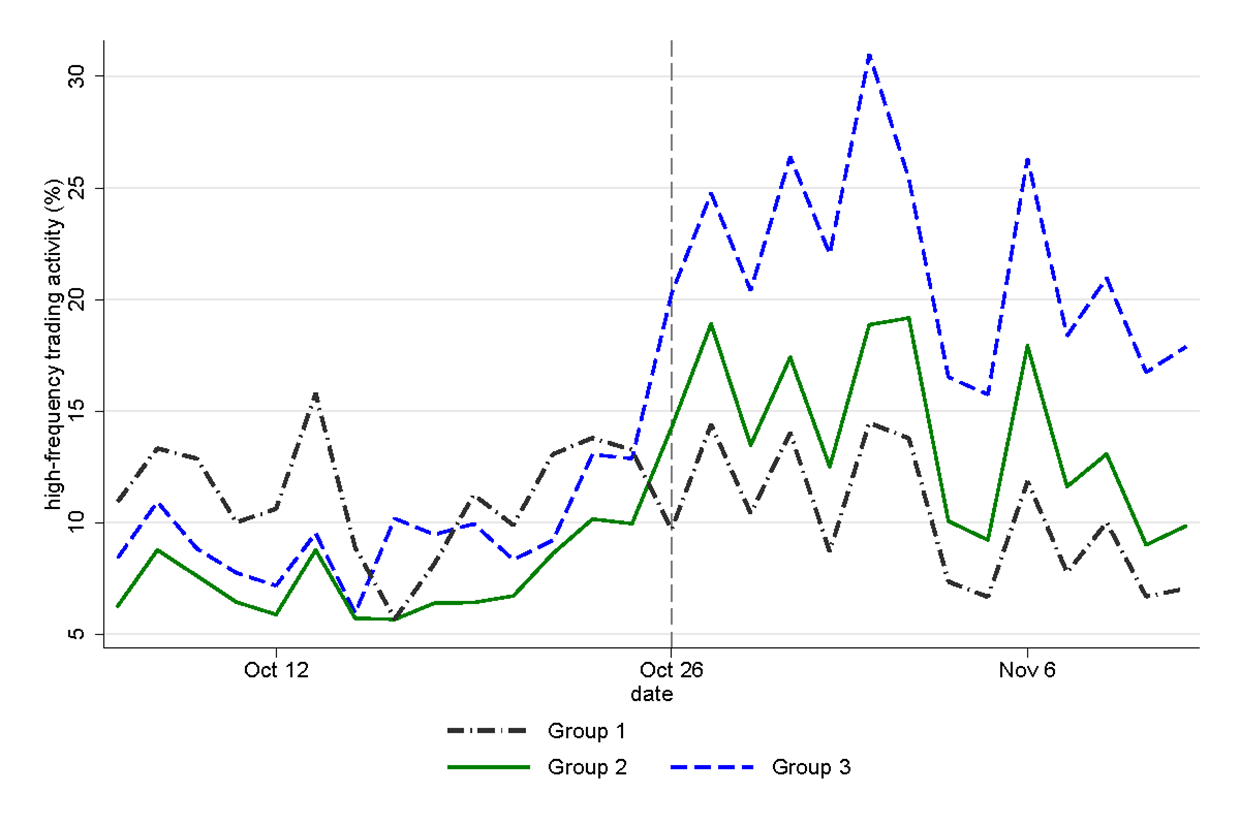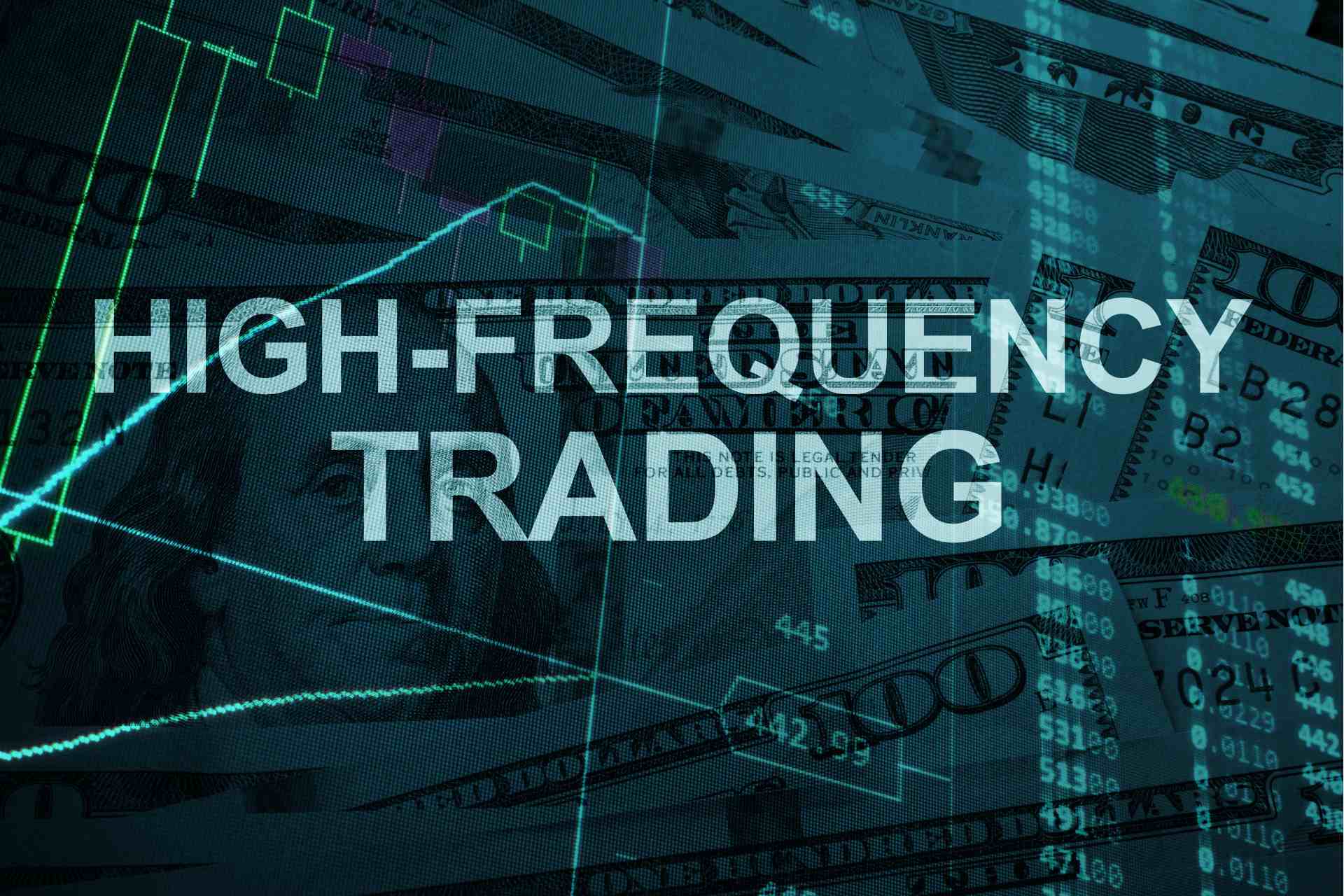Did you know that high-frequency trading (HFT) can execute thousands of trades in the blink of an eye—faster than you can say “buy low, sell high”? In this article, we delve into the critical differences between high-frequency trading and day trading algorithms. We explore the definitions and mechanics of HFT, alongside the unique characteristics of day trading. Learn about the algorithms and strategies commonly employed in both trading styles, the execution speeds of HFT, typical holding periods for day trades, and the associated risks. We’ll also discuss market suitability, capital requirements, transaction costs, and the tools day traders use to analyze data. Plus, discover the regulatory landscape governing HFT and how data analysis techniques vary between the two approaches. With insights from DayTradingBusiness, you’ll gain a comprehensive understanding of how these trading methods operate in today’s markets.
What is high-frequency trading (HFT)?
High-frequency trading (HFT) is a form of algorithmic trading that involves executing a large number of orders at extremely high speeds. HFT firms use complex algorithms to analyze market data and capitalize on small price discrepancies, often holding positions for mere seconds or milliseconds. In contrast, day trading algorithms typically focus on holding positions for longer periods within a trading day, relying on broader market trends rather than split-second opportunities.
How does day trading differ from high-frequency trading?
Day trading involves buying and selling financial instruments within the same trading day, focusing on short-term price movements and typically executing a limited number of trades. High-frequency trading (HFT), on the other hand, uses complex algorithms to execute a vast number of trades at extremely high speeds, often within milliseconds, to capitalize on minute price discrepancies. While day traders may hold positions for hours or minutes, HFT strategies aim for quick, automated trades that can last seconds.
What algorithms are commonly used in high-frequency trading?
Common algorithms used in high-frequency trading (HFT) include statistical arbitrage, market making, trend following, and execution algorithms. Statistical arbitrage identifies price discrepancies between correlated assets. Market making involves providing liquidity by placing buy and sell orders to profit from the spread. Trend following algorithms capitalize on short-term price movements. Execution algorithms optimize order placement to minimize market impact and achieve the best prices. In contrast, day trading algorithms often focus on longer time frames and different strategies, such as swing trading or momentum trading.
What are the key strategies in day trading algorithms?
Key strategies in day trading algorithms include:
1. Momentum Trading: Identifying stocks that are moving significantly in one direction and capitalizing on their momentum.
2. Mean Reversion: Assuming that prices will revert to their average, buying undervalued assets and selling overvalued ones.
3. Arbitrage: Exploiting price discrepancies between different markets or instruments to secure risk-free profits.
4. News-Based Trading: Using algorithms to analyze news sentiment and execute trades based on breaking news events.
5. Technical Analysis: Utilizing indicators and chart patterns to predict future price movements based on historical data.
6. Scalping: Making numerous small trades throughout the day to profit from minor price changes.
These strategies differ from high-frequency trading, which focuses on executing a large number of orders at extremely high speeds, often based on very short-term opportunities.
How quickly do high-frequency trading algorithms execute trades?

High-frequency trading algorithms execute trades in microseconds to milliseconds. This speed allows them to capitalize on market inefficiencies faster than day trading algorithms, which may execute trades over several seconds to minutes.
What is the typical holding period for day trading positions?
The typical holding period for day trading positions is usually minutes to a few hours. Day traders close all their positions by the end of the trading day to avoid overnight risk. In contrast, high-frequency trading algorithms often hold positions for seconds or fractions of a second, executing numerous trades within a single day.
What are the risks associated with high-frequency trading?
High-frequency trading (HFT) risks include market volatility, liquidity issues, and system failures. HFT can exacerbate price swings due to rapid buying and selling. It may also face regulatory scrutiny, leading to compliance risks. Additionally, reliance on technology means that software glitches or network outages can result in significant losses. Finally, competition from other HFT firms can erode profit margins, making it a high-stakes environment.
How do day trading algorithms manage risk?
Day trading algorithms manage risk through several key strategies:
1. Stop-Loss Orders: They automatically sell a stock when it reaches a certain price, limiting potential losses.
2. Position Sizing: Algorithms calculate the optimal size of each trade based on volatility and the trader's risk tolerance.
3. Diversification: They spread investments across various assets to mitigate the impact of a single loss.
4. Real-Time Monitoring: Continuous analysis of market conditions allows algorithms to adjust strategies and exit positions quickly.
5. Technical Indicators: Algorithms use indicators like moving averages and Bollinger Bands to identify entry and exit points while assessing risk levels.
These techniques help day trading algorithms maintain a disciplined approach to risk management.
What markets are best suited for high-frequency trading?
The best markets for high-frequency trading (HFT) include equities, futures, and foreign exchange (Forex). These markets offer high liquidity, tight spreads, and low latency, which are essential for executing rapid trades effectively. Specifically, U.S. stock exchanges like NASDAQ and NYSE, as well as major futures exchanges and currency pairs like EUR/USD, are ideal due to their volume and volatility.
What are the capital requirements for day traders versus HFT firms?
Day traders typically need a minimum of $25,000 in their trading account to meet the SEC's pattern day trader rule. In contrast, high-frequency trading (HFT) firms often require significantly higher capital—often millions—due to the need for advanced infrastructure, rapid execution, and the ability to manage large volumes of trades. HFT firms also leverage high margins and sophisticated algorithms, which necessitate more capital to mitigate risks and sustain operations.
How do transaction costs impact high-frequency trading?

Transaction costs significantly influence high-frequency trading (HFT) by eroding profit margins. In HFT, traders execute numerous trades at high speeds, and even small fees can accumulate quickly. High-frequency traders often focus on minimizing costs through strategies like optimizing order types and using direct market access. Unlike day trading, where trades are typically held longer, HFT requires precise calculations to ensure that potential profits outweigh transaction costs. Thus, managing these costs is crucial for HFT success.
What tools do day traders use to analyze market data?
Day traders typically use tools like charting software, technical analysis platforms, and real-time market data feeds to analyze market data. Popular tools include TradingView for charting, Thinkorswim for analysis, and Bloomberg Terminal for comprehensive market insights. They often employ indicators like moving averages, RSI, and MACD to make informed decisions. Many also utilize order execution platforms to manage trades efficiently.
How is market liquidity affected by high-frequency trading?
High-frequency trading (HFT) increases market liquidity by providing more buy and sell orders in rapid succession. This constant flow of orders tightens bid-ask spreads, making it easier for other traders to enter and exit positions. HFT firms can quickly adjust to market conditions, ensuring that liquidity is available even during volatile periods. However, during market stress, HFT can withdraw liquidity abruptly, leading to potential flash crashes. In contrast, day trading algorithms typically focus on longer time frames and may not contribute as significantly to instant liquidity.
Learn about How Do Market Makers and Liquidity Providers Affect Day Trading?
Can retail traders use high-frequency trading strategies?

Retail traders can use high-frequency trading (HFT) strategies, but it's challenging due to the need for advanced technology, low-latency connections, and significant capital. HFT typically requires institutional-grade infrastructure and market access that most retail traders lack. In contrast, day trading algorithms are more accessible for retail traders, allowing them to capitalize on shorter-term price movements without the same technological demands as HFT.
What regulations govern high-frequency trading?
High-frequency trading (HFT) is primarily governed by regulations such as the SEC’s Regulation ATS, which oversees alternative trading systems, and the Market Access Rule, which requires broker-dealers to implement risk controls. Additionally, the Dodd-Frank Act imposes rules on market manipulation and requires transparency in trades. The European Union’s MiFID II also affects HFT by mandating stricter reporting and monitoring of trading activities.
How do data analysis techniques differ between HFT and day trading?
High-frequency trading (HFT) relies on complex algorithms to execute a large number of orders at extremely high speeds, often within milliseconds. It focuses on micro-market movements and uses techniques like statistical arbitrage and market making. Data analysis in HFT emphasizes real-time data feeds, latency optimization, and advanced quantitative models.
In contrast, day trading involves analyzing broader market trends and price patterns over a longer timeframe, typically within a single day. Day traders use technical analysis, chart patterns, and indicators to make decisions, focusing on liquidity and volatility.
In summary, HFT prioritizes speed and algorithmic precision, while day trading emphasizes strategic analysis of market trends.
Learn about How to Use Historical Data in Day Trading Analysis
Conclusion about Differences Between High-Frequency Trading and Day Trading Algorithms
In summary, understanding the differences between high-frequency trading (HFT) and day trading algorithms is crucial for traders looking to optimize their strategies. While HFT relies on rapid execution and sophisticated algorithms to capitalize on minute price changes, day trading focuses on shorter holding periods and individual market movements. Both approaches have unique risks, capital requirements, and market impacts that traders must navigate. For those seeking to enhance their trading acumen, resources from DayTradingBusiness can provide vital insights and support in mastering these techniques.
Learn about Differences Between Order Flow and Volume Analysis in Day Trading